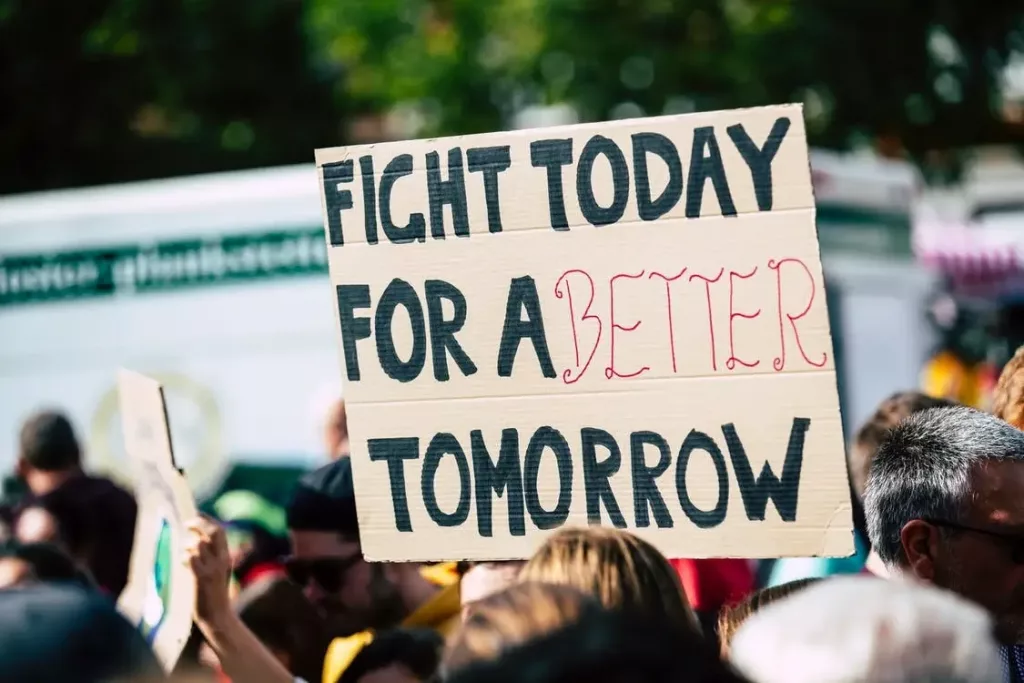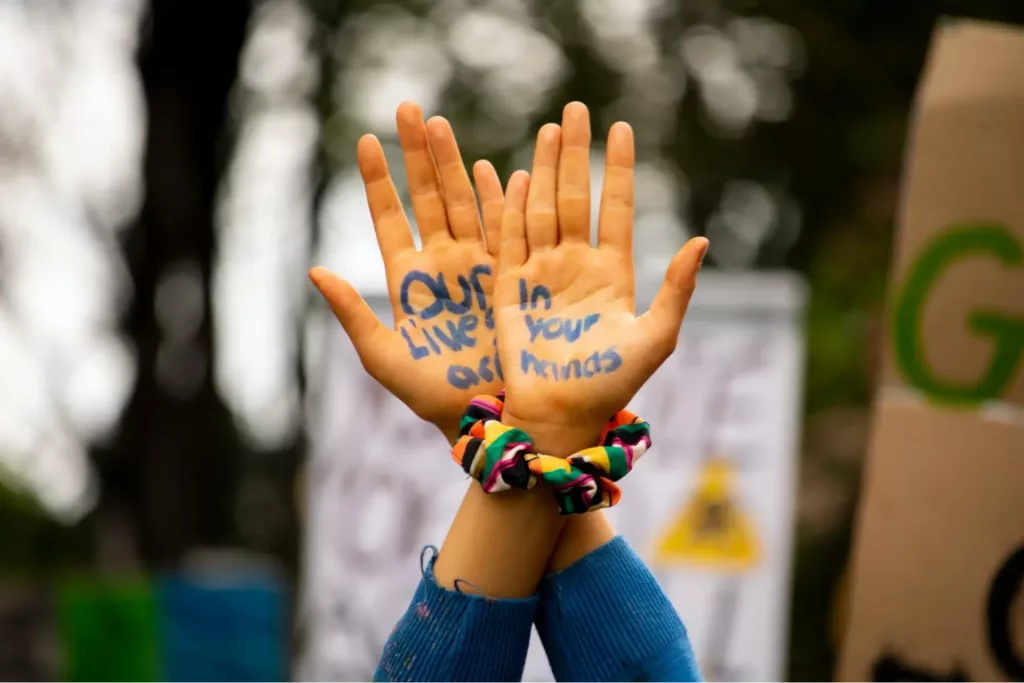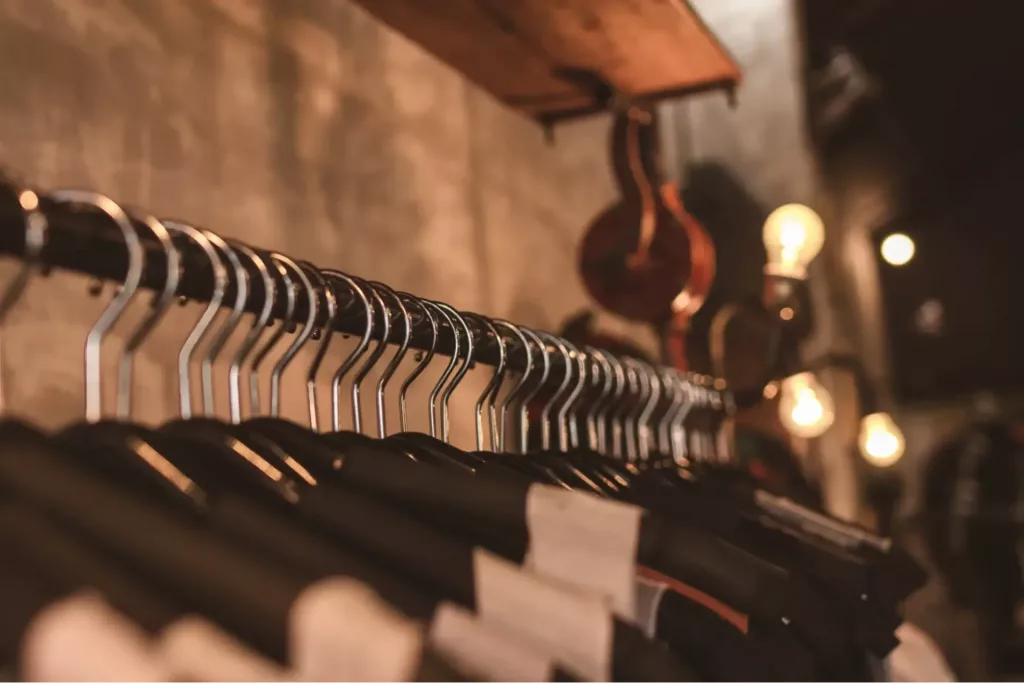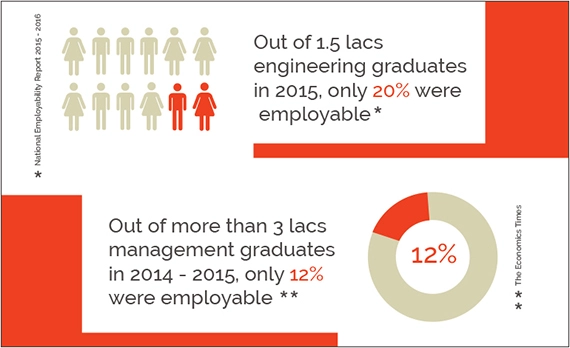Over the past few years, we’ve seen major industries adapt, change and transform themselves in order to become more efficient and, ultimately, sustainable. And it comes down to three major questions:
- What is the reason behind the change?
- How can it be implemented uniformly?
- How do we go about measuring its impact?

And yet when it comes to the Fashion Industry, it seems some extra time is required to catch up. For while the reason behind the change is clear, it seems implementation and monitoring need a kickstart for it to become industry practice.
In Part 1 of this article, we discussed the impact of climate change summits on the fashion industry and the reciprocatory efforts done to reduce carbon emissions. But how far-reaching is the impact of these policies? And are these carbon offset resources viable enough to be adopted as a standard industry practice going forward? Let’s find out.

Trending Topics
The first thing that comes to mind when talking about the Fashion Industry is trends. Thanks to the widespread reach of social media, trends are no longer limited to trending styles but also the brands themselves as they try to stand out and approach their audiences in unique ways. The result? More often than not, trends become a driving factor when brands talk about being sustainable. Promoting sustainability is one thing but adopting sustainable practices is a whole different ball game. It is in part because of the broader definition of sustainable fashion being ill-defined that brands sometimes use it as more of an umbrella term for defining certain projects rather than actually practising it company-wide. This might lead to the brand achieving short term goals but would not have a significant impact on the overall carbon emission. Often brands focus on quantity over quality, which helps them keep up with the trends but takes the sustainability factor away from the equation. This is what ultimately leads to fast fashion.

Fast Fashion
One of the most well-known terms in the fashion industry, Fast Fashion refers to the practice of mass producing high end fashion trends at affordable prices. These garments are often made of cheap materials and can even be knock-offs of original brand name products. Known as a major contributor to the total carbon emission under the wider fashion industry umbrella, Fast Fashion has its fair share of admirers but recent events are making consumers wary of the trend. Instead of using a seasonal calendar like most fashion brands, fast fashion brands make use of micro-seasons, which means putting out new trends with more frequency to keep up with the market demands. This also encourages the use of sweatshops as they often operate on cheap labour with less stringent rules which allows them to produce more garments in a shorter duration of time. Low pay also means that the brands get to keep a bigger share of the profit, thus making them a preferred option.
But there are some uptakes to this as well.
- Cheaply produced garments are more accessible, thus making it possible for the masses to have access to styles that could otherwise be only seen in fashion weeks or runways.
- There are new styles for everyone. Products launched are able to keep up with the styles, and the frequency helps in increasing brand attention with the audiences.
- Brands can have a higher profit margin due to the short span of the style being on the rack. This also helps brands avoid markdowns.
- Not all fast fashion brands are for knock offs. Big fast fashion brands like Zara and H&M are known for designing their own garments and putting them on the racks faster by shortening the time a garment spends in designing and production.
But at the same time, there are some cons as well
- While Fast Fashion helps make fashion accessible, these cheaply produced garments are often discarded after a few wears. Most of the time, this is because either the garment material is no longer wearable or the garment is simply out of style.
- Cheap materials like synthetics are used quite often, with some fast fashion garments containing more than 60% synthetics. This prevents the garment from being recycled. It not only encourages a throwaway attitude amongst the consumers but also increases the amount of waste generated by the fashion industry.
- Cheap labour and poor working conditions are often combined by resource intensive methods to manufacture the garment at a rapid pace to keep up with the trends. This not only adds to the total carbon emissions of the fashion industry but also promotes unsustainable workplace practices.
- Many Fast Fashion brands have made their names known by selling knocks-offs. This not only encourages bad business practices but also infringes on the intellectual property of the original designer.
While the Fast Fashion arm of the fashion industry has its pros and cons, it is still a giant chunk of the business that is showing no plans for slowing down. New brands keep cropping up everywhere, thus increasing the load on resources required and waste generated. It has been a point of discussion for a long time now but no formal policing is being done to put a stop to it or make it more sustainable despite renewed calls by social activist groups and fashion brands. While some brands have voluntarily started using sustainable means, it is still a long way to go before it becomes a turning point in the world of Fast Fashion.

Activism and Fashion Industry
The rapid changes in the environment due to climate change have prompted several protests worldwide. One of the most polluting industries, fashion has been on the activist's agenda for quite some time as well. Understanding that the true cost of manufacturing garments that are not sustainable is the lives of the people who live on this planet, fashion activism has aimed to raise more awareness regarding this issue and make brands more aware and conscious of the practices that they promote within the industry.
Initially started as climate change protests, Fridays for Future has evolved with the aim of creating a better planet for the generation to come. Mainly a youth-led protest, Fridays for Future, or FFF, is known for its message of not only adopting but also making people aware of the sustainable practices that can help in diverting and, ultimately, ending the current climate crises. With the fashion industry alone being responsible for roughly 10% of total global carbon emissions, there have been calls for action to implement better regulations and policing to reduce carbon emissions. It also calls for sustainable consumer practices, with a special focus on recycling fashion items and changing consumer patterns to influence the brands into changing their practices.
A brainchild of activists based out of the United Kingdom, Extinction Rebellion is now known for its decentralised approach to activism across the globe. Also stylised as XR, Extinction Rebellion has made it known to the world that the time for a change is here and it is now. From holding protests outside local factories to organising funeral procession to get the London Fashion Week cancelled, XR has done it all. Known for its rather proactive approach to climate change protests, several XR members are in fact a part of the fashion industry and understand that long term changes and goals need to be set to achieve the objective of stopping global temperature rise at 1.5 °C. The group's calls for immediate action have been met with mixed responses. However, XR continues with its protests, highlighting the fact that it wants to work together with the fashion industry in order to create a better tomorrow.

Impact of various Movements for Sustainable Practice
The fashion industry as a whole has started its shift towards more sustainable practices. As already discussed in Part 1 of this article, various carbon offset resources are available to help brands become carbon neutral. Government funded schemes like the Amended Technology Upgradation Fund Scheme (ATUFS) are also available to help with setup and material costs. This not only helps in easing the capital requirement for setting up sustainable practices but also helps the brands move towards manufacturing quality-based garments.
Usually, every supply chain follows the same liner principle: Take it, Make it and Throw it.
However, with the recent changes coming about, more and more have been keen to adopt circular supply chains over the traditional ones. Proving to be more cost effective and sustainable than the original supply chain model, Circular Supply Chains encourage the reuse of materials as opposed to simply throwing them away. This helps in bringing down raw material costs, more so when market volatility drives up the price for certain materials. Reusing old products also saves cost during production as it is sometimes easier to reuse materials than to create one from scratch. Not just that, but it also helps in making the brand more sustainable, thus creating a unique identity amongst the consumers for utilising materials that would’ve otherwise ended up in a landfill. A prime example of this practice is Nike’s Reuse-A-Shoe program that allows customers to give their old shoes back to Nike, which are then refurbished into new ones. Adidas’ collaboration with non-profit Parley for the Ocean uses a different strategy of recycling oceanic plastic waste into shoes, but it follows the same circular principle of Take it, Make it, Reuse it and repeat.
Even with all the resources available, it always comes down to how a practice is implemented. In the case of the fashion industry, implementation of sustainability practices should always start at the top and then trickle down to the bottom. Cultural changes and management decisions often become driving factors when adopting new practices. Often brands, young or established, are slower on the uptake because of this. Another reason for the lack of sustainability culture can be the method of implementation. Brands might sometimes adopt certain practices to keep up with the government regulations without actually having a goal in mind. This is where the management comes in. Defining a strategic framework and tailoring it to the needs of your brand makes even the hardest of regulations easier to adapt and fruitful when practised.

Conclusion
In Part 1, we talked about how there are various new avenues brands can use to lower their overall carbon emissions and make themselves sustainable. However, the question remains, is it a viable strategy? The answer is yes, it is viable indeed. With the proper mapping of long term goals, creating strategy frameworks and maintaining quality practices, it is possible for brands to make themselves sustainable in the long run. This will not only contribute toward the COP26 goal of maintaining total global warming temperatures below 1.5 °C but also make the brands more conscious and sustainable in their practices. To conclude Part 2, yes the fashion industry might be a little late to the party, but it is here now and ready to do what it takes but in its own style. Because black really is the new blue.





